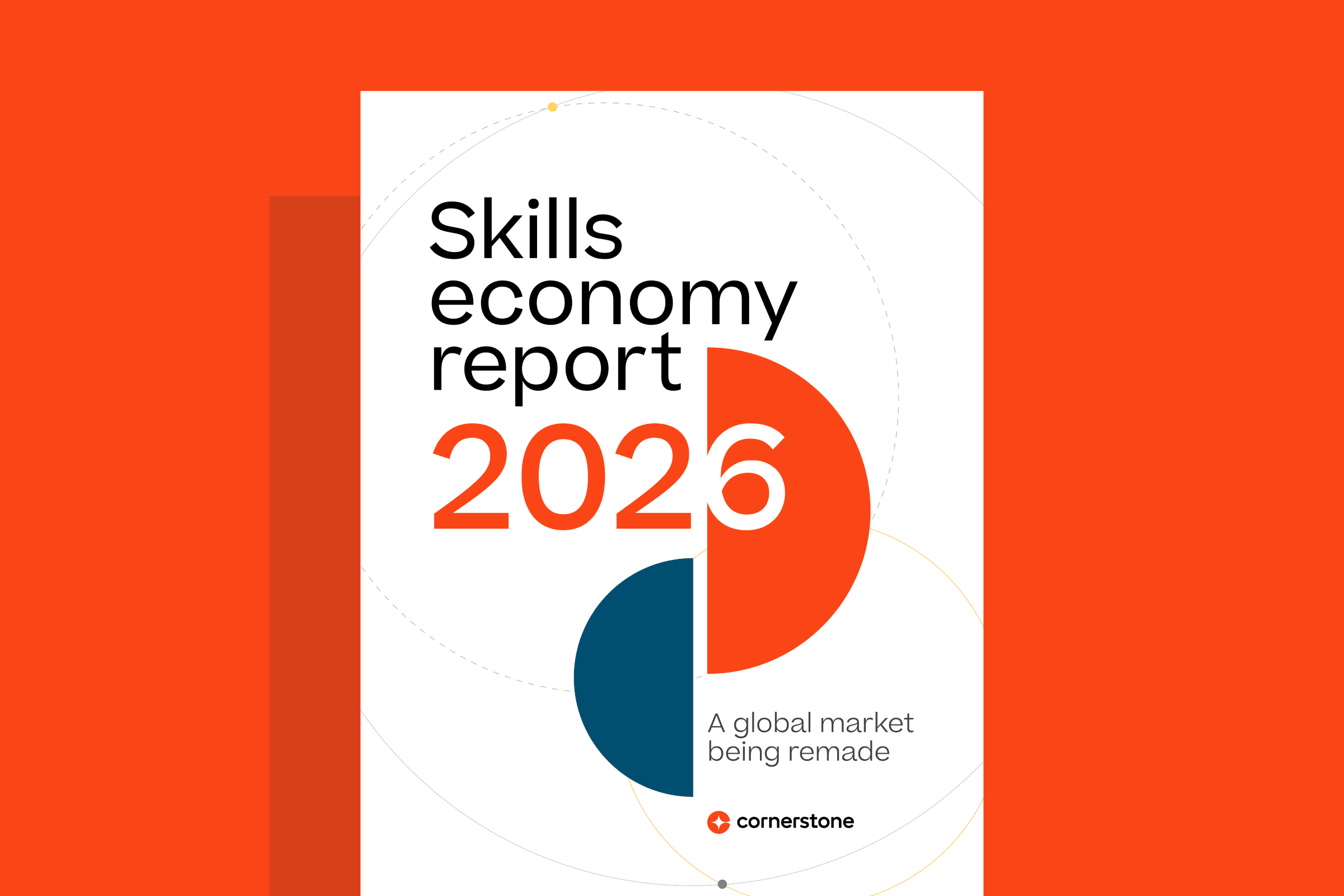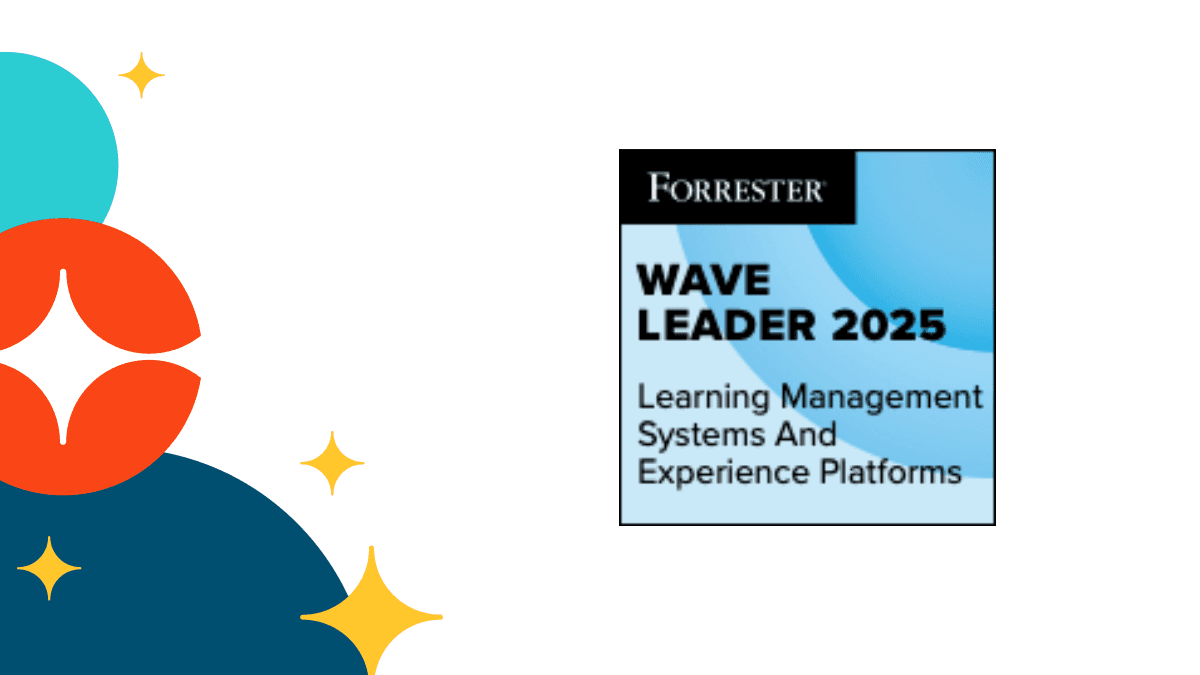Key Takeaways
- Ethical Decision-Making: Humans ensure AI aligns with societal values by defining ethical guidelines and reviewing outputs for biases and discrimination.
- Accountability: Human oversight fosters transparency and addresses errors in AI systems, building trust between technology and society.
- Adaptability and Contextual Understanding: Humans complement AI by adapting to new scenarios, considering diverse perspectives, and improving AI models for accuracy and alignment with human needs.
In the age of rapidly advancing artificial intelligence (AI) technologies, there’s often a concern that humans may become obsolete, replaced by intelligent machines. However, humans remain as vital as ever when overseeing and managing AI systems. Integrating AI technologies with human expertise and oversight is crucial to ensure ethical decision-making, maintain accountability and mitigate potential risks. Let's explore why humans play a pivotal role in AI oversight, even as technology progresses.

The Importance of Human Oversight in AI
Human oversight is a critical component of any AI systems, ensuring that they operate in a way that is transparent, accountable, and aligned with human values. The European Union’s AI Act emphasizes the importance of human oversight in high-risk AI systems, requiring developers and deployers to implement measures that enable natural persons to intervene in the decision-making process. This is particularly important in applications where AI has a significant impact on individuals’ fundamental rights, such as medical devices and vehicles.
Effective human oversight in AI systems involves more than just technical expertise; it also requires a deep understanding of the ethical considerations and societal implications of AI decision-making. By incorporating human oversight into AI, organizations can ensure that their AI technologies operate in a way that is respectful of human autonomy and agency. Human oversight helps to mitigate the risks associated with AI, such as bias, discrimination, and operational errors.
Ethical decision-making
AI systems process vast amounts of data and make decisions based on predefined algorithms. While AI algorithms can be highly efficient, they cannot assess and prioritize ethical considerations. But people possess the moral compass to ensure that AI decisions align with societal values. Humans can define ethical guidelines, establish boundaries and review AI outputs to avoid biases, discrimination and unethical behavior. By exercising ethical decision-making, humans can harness AI's potential for positive impact while minimizing the risks associated with unchecked automation.
Organizations must also consider the ethical implications of human oversight in AI systems. This includes ensuring that AI systems are transparent, explainable, and fair, and that they do not perpetuate biases or discrimination.
Accountability
Accountability is a fundamental aspect of any decision-making process. In the context of AI, accountability is necessary to ensure that AI systems and their outcomes are transparent, fair and justifiable. Humans oversee AI systems' development, deployment and maintenance, holding the technology accountable for its actions. Additionally, human oversight enables identifying and rectifying errors or biases that may arise during AI operations. By assuming responsibility and providing transparency, humans help build trust between AI systems and the society they serve.

Adaptability and contextual understanding
AI systems operate based on patterns, algorithms, and data analysis. However, they often struggle to adapt to dynamic situations or understand the subtle nuances of human interactions. Humans can adapt to new circumstances, leverage contextual knowledge and make informed judgments. This adaptability enables humans to navigate complex decision-making scenarios, evaluate the impact of AI-driven recommendations and consider multiple perspectives. By combining the analytical power of AI with human contextual understanding, we can leverage the best of both worlds.
Continual learning and improvement
AI systems rely on training data to learn and make predictions. However, these systems can limit the quality and biases in the data. On the other hand, humans possess the capacity for continuous learning, critical thinking and creativity. Learning Management Systems like Cornerstone LMS can help organizations utilize the power of AI targeted training and development that L&D professional have the power to control and change. As explored in this comprehensive guide to AI in learning and development, humans can identify AI models' shortcomings, biases, or unintended consequences and implement necessary improvements or adjustments. Through ongoing human intervention, AI systems can evolve and become more accurate, reliable and aligned with human needs and expectations.
A responsible and sustainable future
While AI technologies continue to advance at an unprecedented pace, the importance of human oversight cannot be overstated. Humans bring ethical decision-making, accountability, adaptability and continuous improvement to the table. By integrating human expertise with AI systems, we can harness the full potential of technology while mitigating risks and ensuring a responsible and sustainable future. And as we move forward, it’s essential to recognize that humans and AI can work hand in hand, creating a powerful synergy that benefits individuals, organizations and society as a whole.
Ready to revolutionize your HR practices and unlock the power of AI? Discover all the AI for HR innovations at Cornerstone to explore the future of talent management today.


